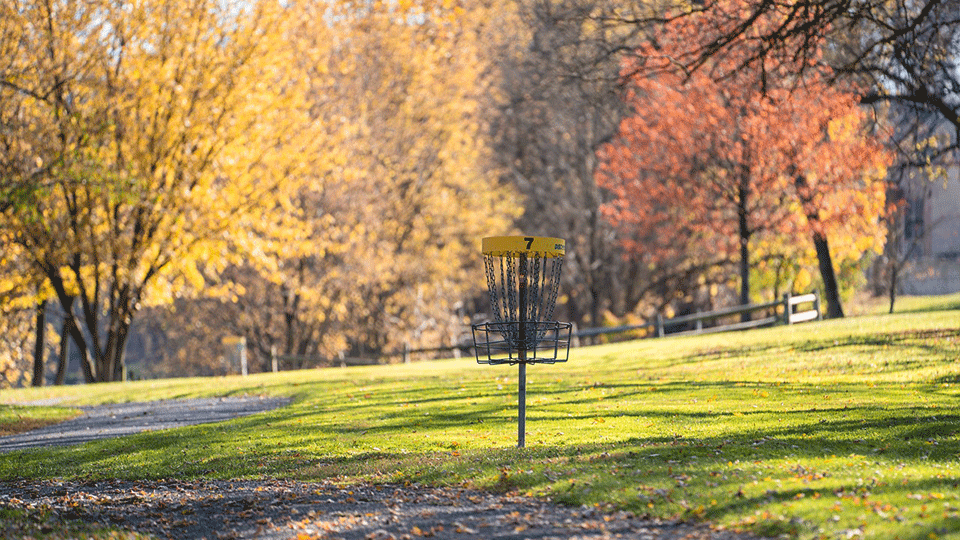

In the vast realm of footwear, casual and formal shoes form two very distinct categories. From their usage occasions to their design, and material, the differentiation is significant. Here, we delve deeper into the specifics distinguishing these two shoe types.
At their core, casual shoes embody comfort and versatility. Designed to adapt to most settings outside of the professional sphere, they cater to a relaxed and laid-back lifestyle. Be it a leisurely stroll in the park, an active day of exploring, or a casual hangout with friends, casual shoes offer the necessary comfort and flexibility.
In contrast, formal shoes are an elegant companion for official or formal engagements. They accompany the wearer to business meetings, formal dinner parties, weddings, and other such occasions where a touch of class and sophistication is needed.
The materials chosen to make these shoes serve as another distinguishing factor. Casual shoes favor materials that offer comfort and durability, like canvas, suede or synthetics. You might find variants featuring leather, but this is often in a stylishly casual context, like leather sneakers or loafers.
Formal shoes, on the other hand, predominantly employ leather in their construction. Leather offers a shining aura of sophistication and is favored for its refined look and finish. High-end formal shoes may also feature exotic skins, further emphasizing the luxurious element inherent in their design.
Casual shoes enjoy a wide array of styles. From fashionable sneakers, relaxed loafers, timeless boat shoes to rugged boots, the designs embody an easy-going aesthetic. While being fashionable, the focus always remains on providing a relaxed fit and achieving long-lasting comfort.
Formal shoes are carried by a design language that typifies professionalism and elegance. Crisp lines, polished finishes, and minimal design elements highlight the pure form and function of professional designs such as Oxfords, Brogues, and Derbies.
While both casual and formal shoes can provide comfort and support, their approaches are different. Casual shoes often feature softer insoles, broader toe boxes, and versatile designs to cater to a variety of foot shapes and sizes. On the contrary, formal shoes, while still comfortable, often provide a more structured fit and feel.
Casual shoes come in various colors and finishes, allowing you to experiment with styles and create a personalized look. On the flip side, formal shoes often stick to classic colors like black, brown, and tan to maintain their formal appeal, focussing on refined elegance.
In terms of durability, casual shoes need to resist a variety of environments and more frequent use. Hence, they're built to withstand constant wear and tear. Formal shoes, although not worn as regularly, require lasting quality to maintain their aesthetically pleasing appearance.
Choosing between casual and formal shoes isn't merely about fashion but understanding the context, appropriateness, comfort, and style statement. Casual shoes, embodying variety and comfort, offer an everyday solution, while formal shoes, exuding elegance and sophistication, perfect your formal ensemble. Recognizing the differences aids in making informed choices and building a well-rounded, versatile footwear collection.